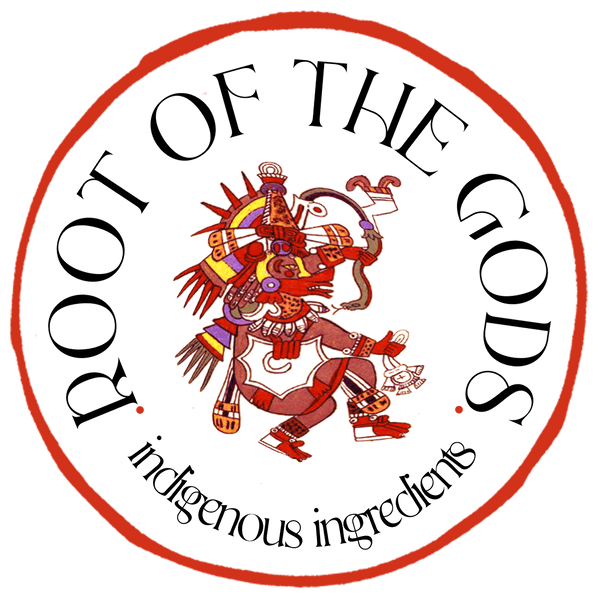
Blood of the Trees: White Copal

Venturing into the heart of Mexico's Indigenous communities, you will find it hard not to find the smell of copal and the white smoke looping in the air around the altar. This aromatic treasure isn't just a substance; it's the embodiment of centuries-old traditions that bind communities, spirits, and the land in a harmonious dance.
A Fragrance of Ancestral Echoes
Imagine wandering through vibrant Mexican markets, where the air is alive with the sweet and earthy scent of copal. This aromatic resin, harvested with reverence from the sap of local trees, holds a significance that runs deep in the veins of indigenous cultures. It's a tangible connection to the past, an echo of the footsteps of ancestors.
Ceremonial Elevation
In Mexico, copal's journey begins as resin but culminates as sacred smoke. Using copal resin during ceremonies releases its fragrance into the air, weaving a bridge between the material and the spiritual worlds. This isn't mere incense; it's a messenger, carrying prayers and intentions to the heavens. It's as if the very act of lighting copal ignites a spiritual fire within the community.
The Ancient Past Portal
Witnessing the ceremonial use of copal in traditional ceremony is like opening a portal to the ancient past. For the Mayans, copal smoke becomes a channel for communication with deities, a way to seek guidance and express gratitude. Similarly, the Mexica peoples believed that copal's fragrance attracted the favour of gods, making it an indispensable part of rituals.
Rituals That Breathe
The essence of copal isn't just in its scent; it's in the cultural protocols of rituals, it's an art, an intrinsic part of dances, prayers, and offerings. The rhythmic stomp of Mexica dancers and the curling tendrils of copal smoke are a moving expression of the interconnectedness of life.
Healing and Harmony
Ceremonial copal isn't limited to community rituals; it's also used in the home. The resin's aroma is believed to cleanse both spaces and souls. In indigenous communities, it's not uncommon to find copal being used as a form of energy clearing, soothing nerves, and restoring balance.
Copal isn't just a resin; it's a living testament to the enduring relationship between humans, nature, and the divine. It's the embodiment of history and the fragrance of unity. The ceremonial use of copal resin isn't just a tradition; it's a dance that continues to weave the threads of culture, spirituality, and community tighter with each wisp of smoke.
-
Our White Copal (Copal Blanco) is consciously sourced directly from Ahau's home, Mexico and available alongside our handmade traditional Copaleras in our shop here.
